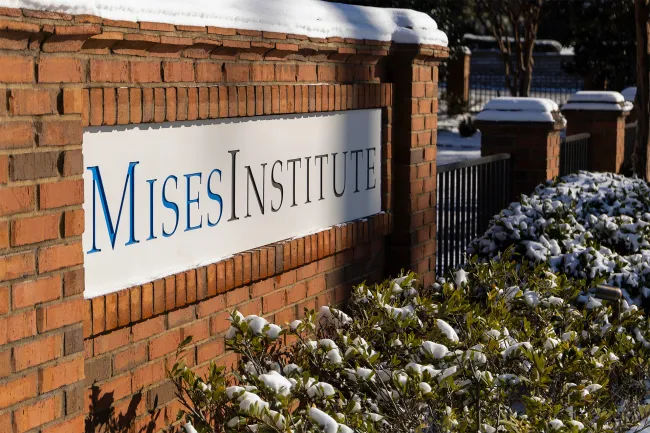My book The Austrian School of Economics. Concepts and Theories has just been published as part of the Palgrave Studies in Austrian Economics series, edited by David Howden and Philipp Bagus. The book provides a comprehensive overview of the Austrian School at an intermediate level, aiming to bridge the gap between introductory texts and the advanced treatises by Böhm-Bawerk, Mises, and Rothbard. It goes beyond today’s excellent introductory works—such as Bylund’s How to Think about the Economy: A Primer (2022), Coyne and Boettke’s The Essential Austrian Economics (2020), Taylor’s classic An Introduction to Austrian Economics (1980), and also Holcombe’s Advanced Introduction to the Austrian School of Economics (2014).
Although the book introduces all concepts and theories from the ground up and assumes no prior knowledge, it covers many nuanced aspects of economic theory across its ten chapters:
- Introduction
- Goods and Value
- Exchange and Price
- Monopoly and Competition
- Production and Time
- Capital and Interest
- Money and Its Purchasing Power
- Inflation and Cycle
- State and Market
- Conclusion
The chapter on “Capital and Interest,” for example, begins by distinguishing between the nominal and real approaches to capital. It then reviews the main theories of interest within the Austrian School: time preference, as developed by Fetter and Mises; the productivity theory, associated with Böhm-Bawerk and Hayek; Rothbard’s time market theory; and Menger’s use theory. The chapter also summarizes Böhm-Bawerk’s critiques of several 19th-century theories, particularly his refutation of the exploitation theory of Rodbertus and Marx. In the chapter on “Inflation and Cycle,” the section on inflation not only explores the various causes and consequences of inflation, including the doctrine of “forced saving,” but also examines the institutional frameworks that can help prevent inflation and discusses the debate between proponents of 100 percent reserve banking and advocates of free banking.
Students and general readers will find in this 201-page book a systematic—yet concise and focused—presentation of the main topics in economic analysis from the perspective of the Austrian School, including numerous references to foundational scholars such as Menger, Böhm-Bawerk, Mises, Hayek, Rothbard, and other key figures. Positioned between introductory overviews and full-blown treatises, its closest counterpart in the current Austrian literature is Huerta de Soto’s The Austrian School: Market Order and Entrepreneurial Creativity (2008). Unlike our book, however, Huerta de Soto’s work is organized by author in historical sequence and includes biographical elements that we have deliberately left aside. As the table of contents clearly shows, our book follows a “logical” progression from simpler to more complex economic topics and remains entirely centered on what we like to call “hardcore economic science.” Accordingly, it does not delve into methodological questions and addresses political philosophy only briefly, in a few passages of the chapter on “State and Market.” We hope it will prove to be a valuable tool for highlighting the depth, scope, and relevance of our school of thought.


